Many years of experience
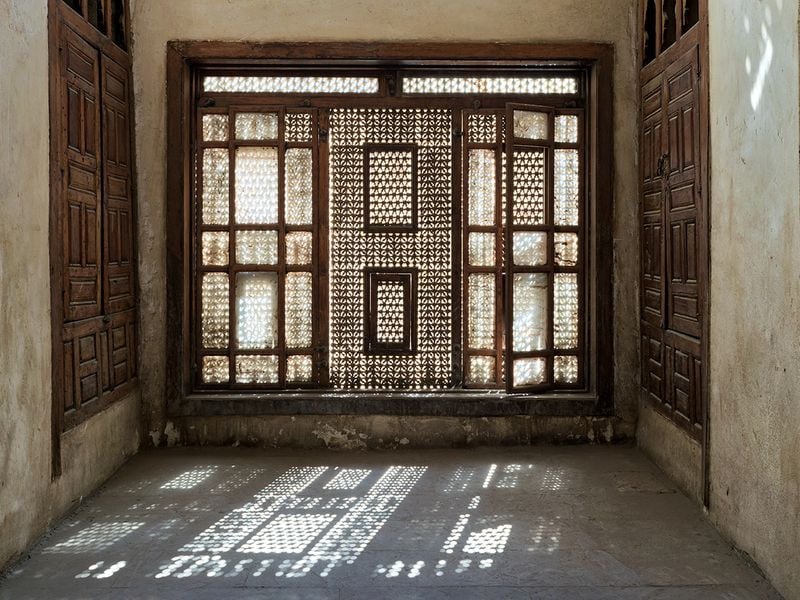
According to DW (Germany), some of the most potential optimal methods to deal with high temperatures already exist in the Middle East. Professor Sylvia Bergh at Erasmus University Rotterdam (Netherlands) pointed out that people in the Middle East are used to high temperatures so they tend to live in cooler houses.
Bergh says centuries-old Middle Eastern traditions adapting to water scarcity and hot temperatures offer a wealth of valuable knowledge. She mentions some Middle Eastern adaptations such as “wind catchers” towers that direct cool air into living spaces, screens instead of walls, and more. Another example is Mashrabiya-style panels carved from wood or stone with Islamic motifs. They are placed in front of large windows, blocking and diffusing sunlight, allowing fresh air to enter the living space while creating privacy.
In addition, some new construction projects in the Middle East are inspired by traditional architecture to maximize passive shading and air circulation in hot, dry, windy desert conditions. An example is the Masdar City project in Abu Dhabi (United Arab Emirates) with short (less than 70 m) and narrow streets blocked by buildings, causing the street temperature to be low, sometimes only 20 degrees Celsius while a few meters away, the desert sand temperature can reach 35 degrees Celsius.
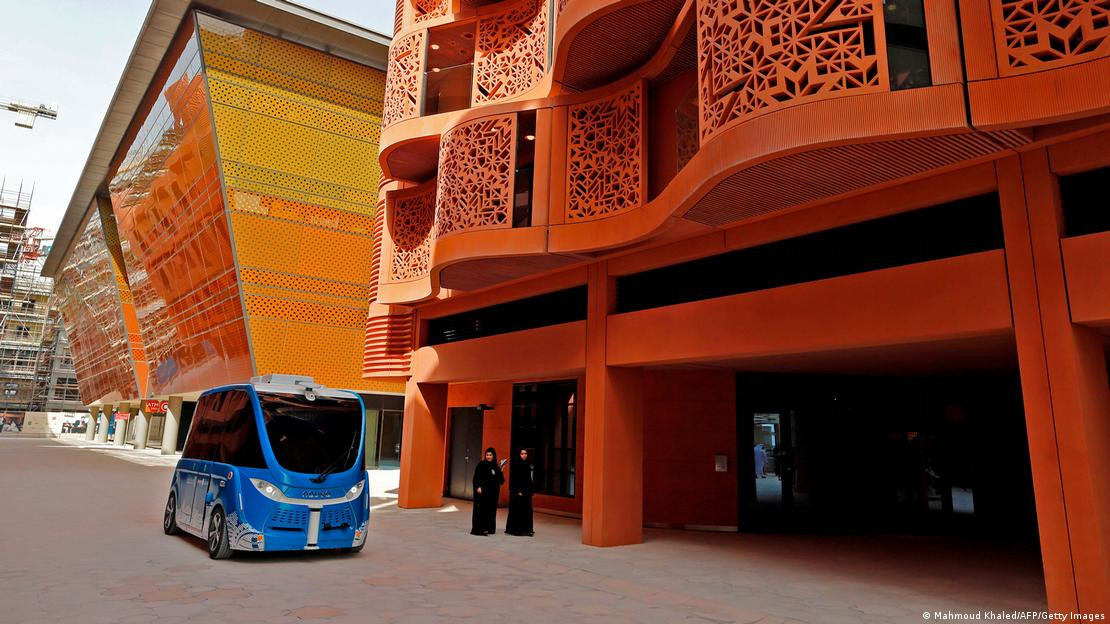
Journalist Kholoud al-Amiry in Baghdad, Iraq, said that when the thermometers start to rise to 50 degrees Celsius, locals are usually given time off and asked to stay indoors. She said people receive information via television or Facebook. They are also advised to put bowls of water under trees for birds and animals during hot weather. Kholoud al-Amiry said local authorities also warn people about crowded hospitals during heatwaves or sandstorms.
However, there are big differences in how Middle Eastern countries adapt to high temperatures. Air conditioning is one example of how wealthy countries like those in the Gulf protect vulnerable populations from the heat. In countries with more modest economic means, it is difficult for locals to afford air conditioning, so it is not a popular solution.
The Middle East is also at risk from extreme temperatures.
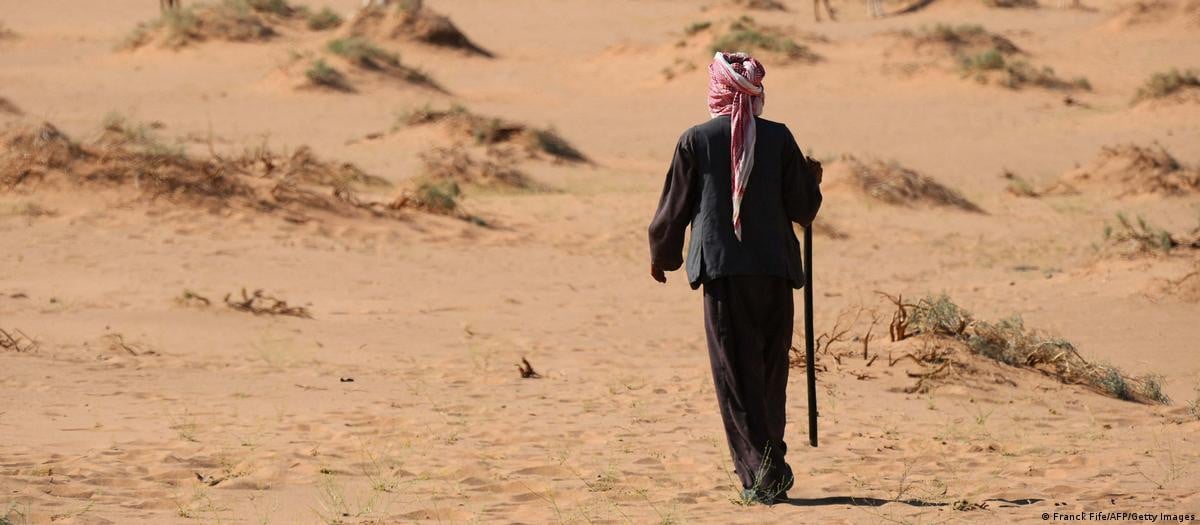
In May, a study published in the scientific journal Nature Sustainability outlined the impact of extreme temperatures on the world in the next 50 years if global temperatures rise by 1.5 degrees Celsius. Extreme temperatures are recorded when the average annual temperature is around 29 degrees Celsius. According to this study, by 2050, most people in the Middle East will face extreme temperatures.
Another study published in the medical journal The Lancet in April looked at the number of heat-related deaths in the Middle East and North Africa if the Earth continues to warm. It predicted that heat-related deaths in the two regions will increase from an average of 2 per 100,000 people per year today to 123 per 100,000 people by the end of the century.
The Lancet study also highlights that demographic factors and the increasing migration of people to cities in the Middle East will impact how extreme temperatures affect local populations. By 2050, nearly 70% of the population is expected to live in large cities, and by 2100, the elderly in the Middle East will outnumber the young.
“Older age and dense population density are key risk factors for heat-related morbidity and mortality,” said the study’s authors, from the London School of Hygiene & Tropical Medicine and the Cyprus Institute. “Older people are at physical risk, while cities often record higher temperatures due to the “urban heat island” phenomenon. Cities can be 2-9 degrees Celsius warmer than surrounding rural areas, according to DW.
Ms. Eleni Myrivili at UN Habitat – the human settlements program of the United Nations (UN) stressed to DW that to respond effectively to the threat of extreme temperatures, governments need a clear course of action to increase awareness, preparedness and resilience.
Action plans to help people cope with high temperatures can include government-run “cooling centers” where people can go to escape the heat and drink water, or preparedness measures such as education campaigns on how to stay cool in high temperatures or planting more trees in cities.
Source



![[Photo] 60th Anniversary of the Founding of the Vietnam Association of Photographic Artists](/_next/image?url=https%3A%2F%2Fvphoto.vietnam.vn%2Fthumb%2F1200x675%2Fvietnam%2Fresource%2FIMAGE%2F2025%2F12%2F05%2F1764935864512_a1-bnd-0841-9740-jpg.webp&w=3840&q=75)

![[Photo] National Assembly Chairman Tran Thanh Man attends the VinFuture 2025 Award Ceremony](/_next/image?url=https%3A%2F%2Fvphoto.vietnam.vn%2Fthumb%2F1200x675%2Fvietnam%2Fresource%2FIMAGE%2F2025%2F12%2F05%2F1764951162416_2628509768338816493-6995-jpg.webp&w=3840&q=75)



















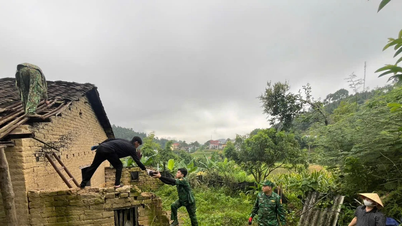














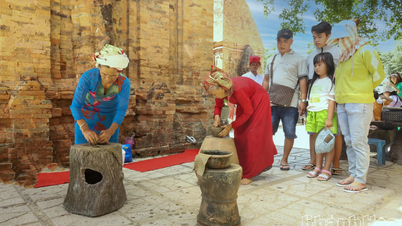














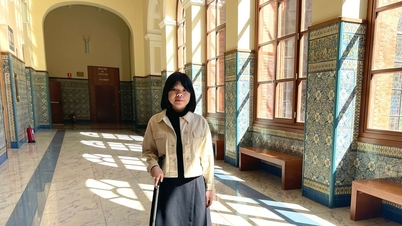


























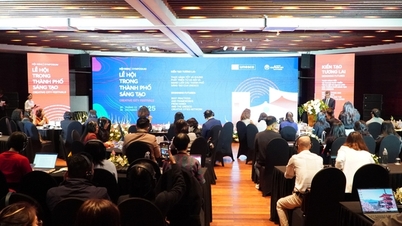



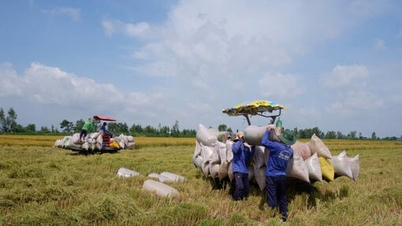

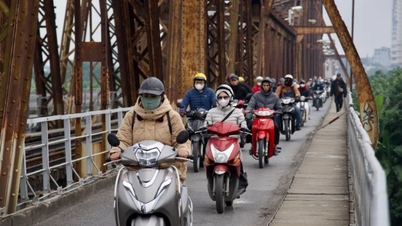

















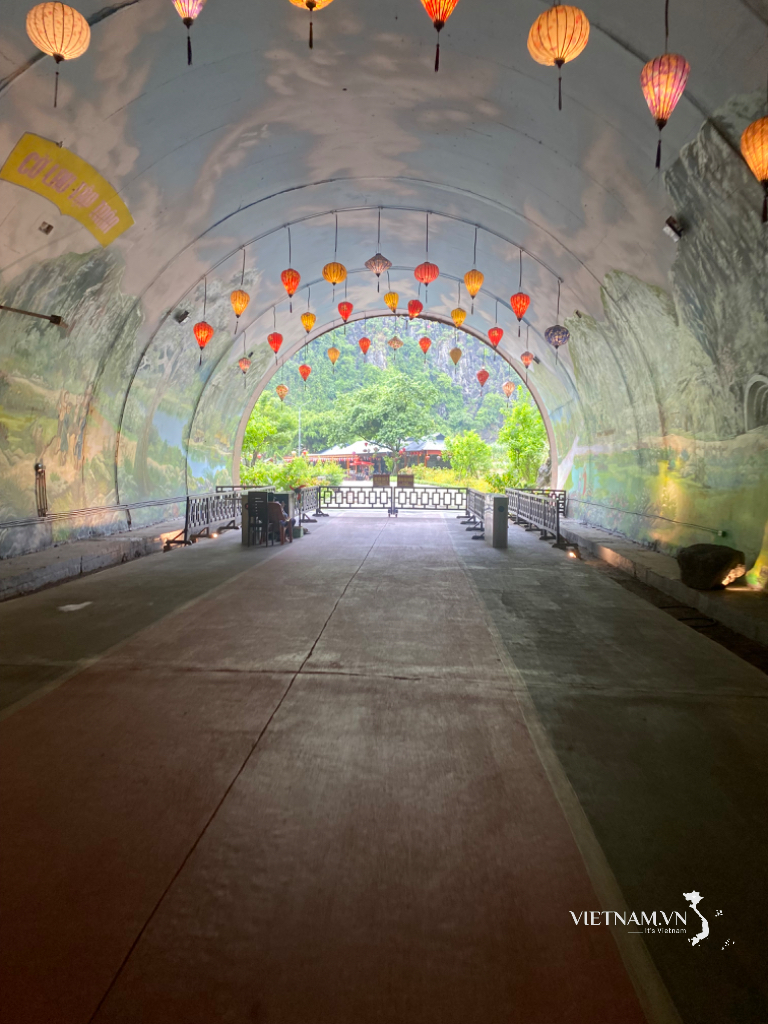




Comment (0)